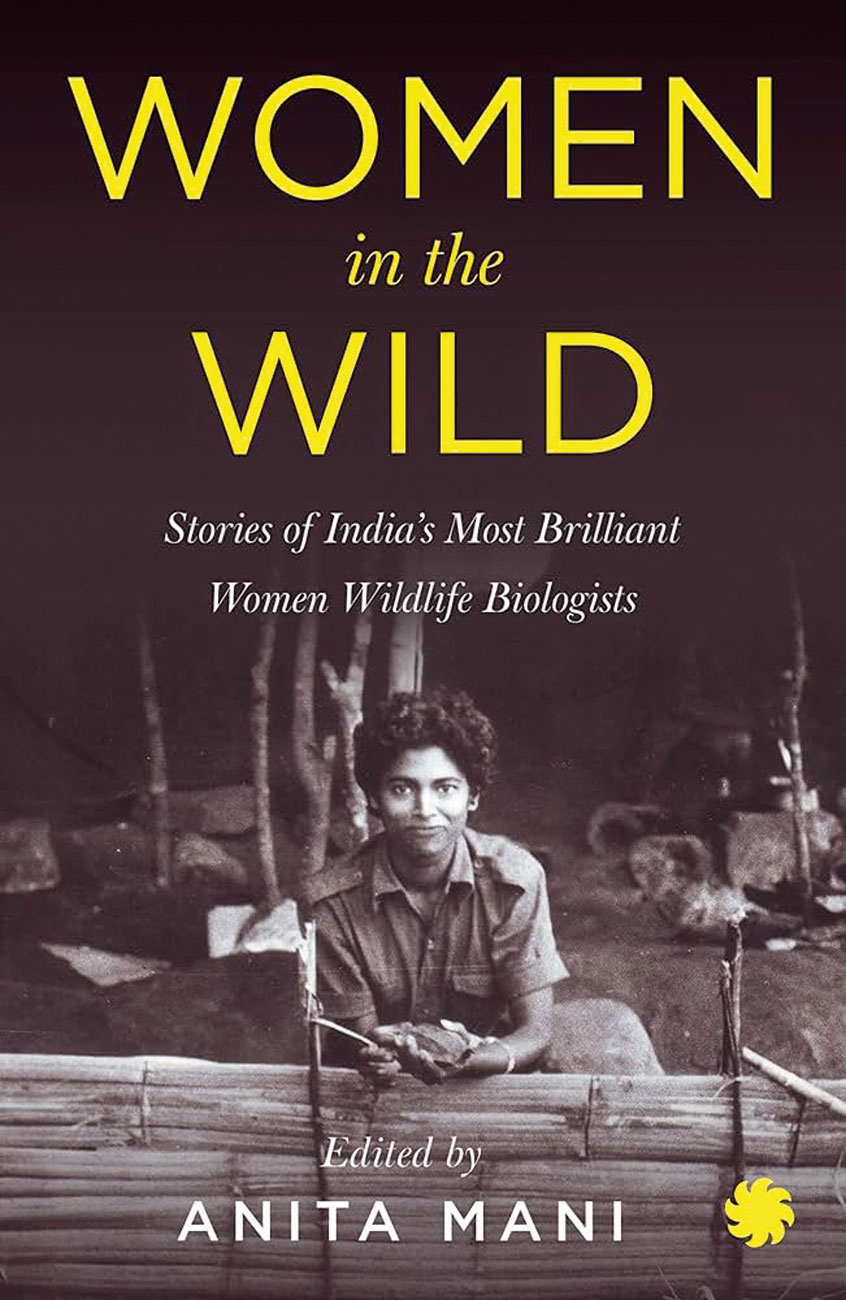Book Review: Women In The Wild
First published in Sanctuary Asia,
Vol. 43
No. 12,
December 2023
With improved technology and a much greater appetite among the young for books to remind them of the wonderful biosphere in which they live, it is heartening to see how many new, high-quality publications are emerging from within India. Here are books that Sanctuary believes should be in every public library and in the homes of all those whose hearts beat to nature’s drum.
Women In The Wild
Edited By Anita Mani
Published by Juggernaut Books,
Paperback, 290 pages,
Price: Rs. 499

If you have ever searched for scientific papers using Google Scholar, you will be familiar with the metaphor attributed to Isaac Newton, standing on the shoulders of giants. In essence, it means to make intellectual progress using the work done by thinkers who have gone before. In many ways, being a woman in the boys’ club, that is wildlife science in India today, is to stand on the shoulders of giants, the women who, decades ago, forged the path that the rest of us now walk. Women who work in this field have to jump through many hoops, and this was even more so for the early pioneers in the field, when it was almost unheard of for women to do such work. Those of us in this field today have so many examples of women scientists to look up to, but they had to be their own heroes, and set an example for those of us who followed.
The pages of Women in the Wild chronicle the struggles and triumphs of some of these women over the course of their illustrious careers in wildlife research. The book pays homage to women in wildlife, beginning with Jamal Ara, a mysterious figure who deserves greater recognition. With Raza Kazmi’s keen investigative eye, Ara finally gets her due as he recounts her life and work – radio shows on AIR to introduce the public to wildlife, extensive literature on birds of South Bihar (now Jharkhand), her wildlife surveys that were held up as a template for future assessments, and her forays in search of the Pink-headed Duck in the 1950s, where she found most of its habitat gone. Zai Whitaker writes with a fondness that can come only from knowing someone personally, of the ‘turtle girl’ J. Vijaya, who pioneered freshwater turtle research in India. Neha Sinha evokes the misty, moss-laden oak forests of the mid-elevation Himalaya, that Ghazala Shahabuddin is dedicated to conserving. Anita Mani, who also edits the collection, writes about field biologists who also have to be activists, historians and teachers, such as Nandini Velho. The book is rounded off by an essay by Purva Variyar on the younger generation of women wildlife biologists and the work they do to preserve species and habitats across India, from Cantor’s giant softshell turtle to overlooked caves and karst landforms. These diverse women have a few things in common – an indomitable spirit, a passion for their work, and deep empathy for the species they work to conserve.
Each chapter touches upon the work done by these inspiring women, how they go into this field, the challenges they faced, their triumphs and losses, and a little of their personal life along the way. Women in science have frequently been vilified for a ‘lack of objectivity’, from Rachel Carson to Jane Goodall, as the book notes, yet why is passion for your work seen as a detriment? As Uma Ramakrishna eloquently says, “The process of science must be objective, but why should I be dispassionate about the investigations I do or quell my joy at a new discovery?” This recalls the chapter on J. Vijaya, where Zai Whitaker writes, “She proved that women could be incredible field biologists, bringing in gender-linked qualities and sensitivities much needed in the field.” It is beyond time we acknowledge the value that diverse, oft-marginalised identities – across lines of gender, caste, class, and sexuality – bring to science, particularly ecology, in a mega-diverse country like India.
Chronicling the lives of these women in the wild is a mammoth effort that the writers and editor have carried out in an exceptional manner. Sharing their stories is a well-deserved tribute to their work and their lives, which will only serve to inspire future generations of conservation across all genders, castes, and identities. I hope this book lays the foundation for more such collections and biographies on researchers of marginalised castes and communities, and LGBTQ identities. The book is a must read for anyone interested in wildlife and research in India, and an excellent gift for young women foraying into this field.
Reviewed by Bhavya Iyer.


